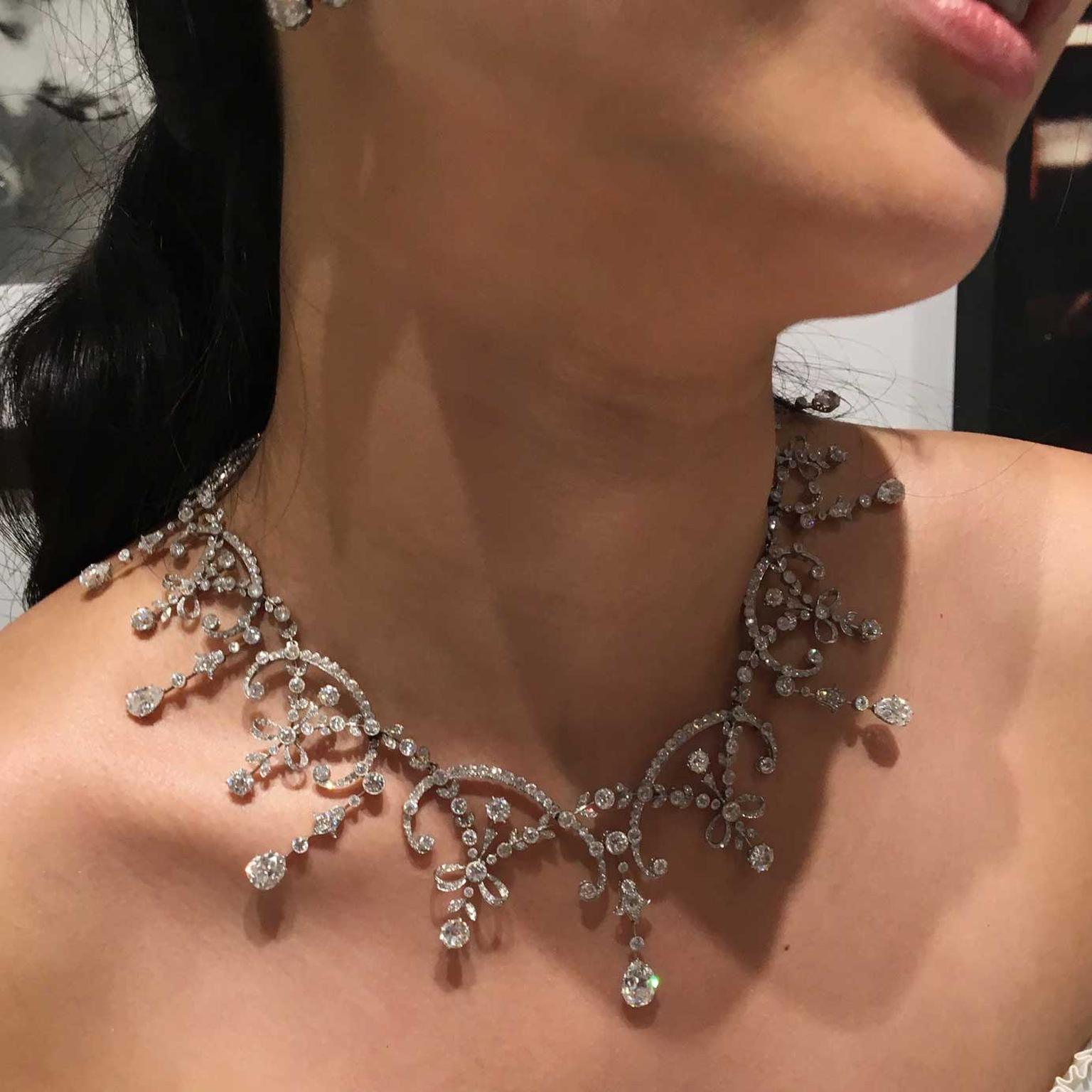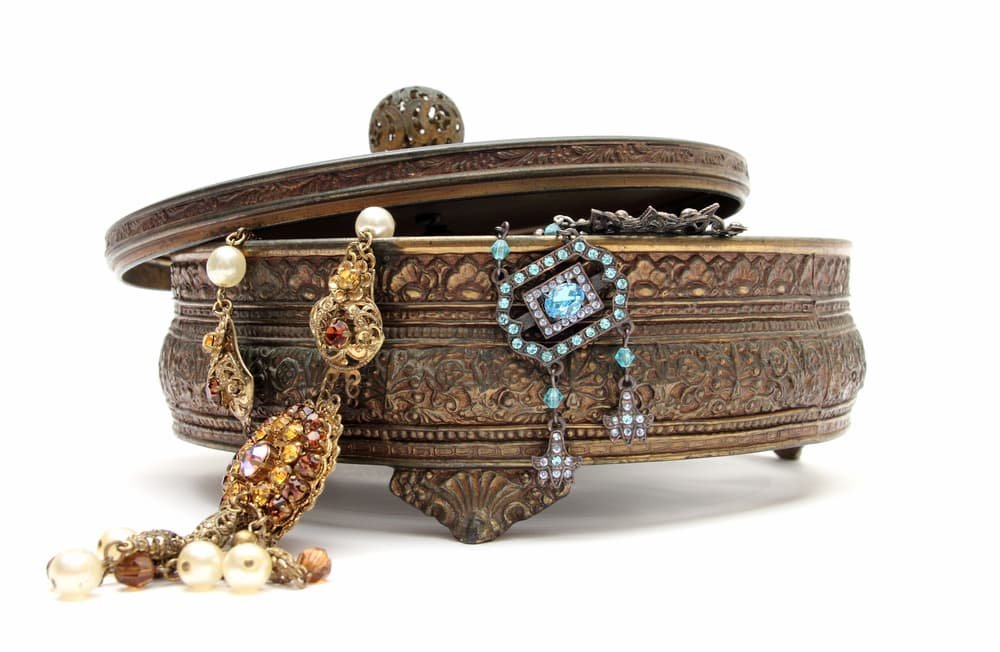Shop for vintage antique engagement rings austin with elegant details.
Shop for vintage antique engagement rings austin with elegant details.
Blog Article
Revealing the Attraction of Vintage Precious Jewelry: Understanding Its Different Styles
Antique jewelry serves as a captivating window into the past, providing insights into the cultural and artistic nuances of various eras. Each style, from the stirring complexities of Victorian fashion jewelry to the liquid elegance of Art Nouveau, encapsulates the beliefs and innovations of its time.
Victorian Age Fashion Jewelry
The attraction of Victorian Era jewelry hinges on its detailed craftsmanship and profound meaning, reflecting the societal values and psychological currents of the moment. Spanning from 1837 to 1901, this duration was identified by an attraction with nature, mourning, and romanticism, which profoundly influenced precious jewelry style. Fashion jewelry pieces frequently featured sophisticated concepts, such as blossoms, pets, and detailed filigree work, crafted from products like gold, silver, and gemstones.

Additionally, the technological innovations of the Industrial Revolution permitted even more complex designs and making use of brand-new materials, such as rubies and pearls. This democratization of luxury made jewelry much more obtainable to the center class, bring about a spreading of diverse designs. Overall, Victorian Era jewelry remains a captivating testament to the complex interaction of art, emotion, and social standards throughout a transformative historic period.
Art Nouveau Creations
Identified by its organic kinds and moving lines, Art Nouveau fashion jewelry emerged in the late 19th and very early 20th centuries as a feedback to the mass manufacturing and stiff designs of the coming before ages. This creative motion sought to embrace nature, including components such as blossoms, leaves, and creeping plants into the designs. Art Nouveau items commonly featured asymmetrical compositions, highlighting a feeling of movement and fluidness.

Using cutting-edge methods, such as enameling and the incorporation of glass, additional recognized Art Nouveau precious jewelry from its precursors. The activity ultimately celebrated individuality and creative expression, making each piece an one-of-a-kind artwork. Consequently, Art Nouveau creations remain to astound enthusiasts today, personifying a distinct mix of elegance and nature that remains timeless.
Edwardian Period Parts
Throughout the early 20th century, the Edwardian period witnessed an exceptional development in precious jewelry style, marked by a focus on sophistication and luxury. This age, named after King Edward VII, spanned from 1901 to 1910 and is characterized by the intricate craftsmanship and fragile visual appeals that define its items.
Jewelry from this period often features platinum setups, a product that permitted finer and even more detailed designs, boosting the play of light against the gems. Using rubies was common, usually prepared in fancy motifs such as lacework and floral patterns. Edwardian jewelry additionally accepted the usage of pearls, which included a soft, luminous quality to the pieces.
Breastpins, lockets, and earrings came to be noticeable, showcasing the period's fondness for charming and wayward layouts. In general, Edwardian period precious jewelry remains a testimony to a time official website when creativity and refinement ruled supreme in the world of adornment.

Art Deco Designs
Arising in the 1920s and flourishing with the 1930s, Art Deco makes represent a vibrant separation from the ornate designs of previous periods, embracing geometric forms, streamlined forms, and vivid colors. Defined by a sense of modernity, this style movement drew motivation from various resources, including cubism, old Egyptian motifs, and the vibrant appearances of the maker age.
Art Deco jewelry frequently features vibrant contrasts, combining materials such as platinum, gold, and tinted gems to develop striking visual effects. The browse around this site use of detailed patterns and motifs, including zigzags, chevrons, and floral components, showcases the workmanship of the time. Significantly, the period additionally saw the introduction of new techniques such as enamel work and making use of synthetic stones, broadening the possibilities for innovative expression.
Parts from this period commonly exhibit beauty and refinement, making them extremely searched for by collectors and enthusiasts alike. Art Deco fashion jewelry serves not just as a reflection of its time however additionally as a testimony to the enduring allure of its innovative styles. As such, it holds a substantial area in the history of antique fashion jewelry, commemorated for its special design and social importance.
Retro and Mid-Century Styles
Retro and Mid-Century styles, spanning from the 1940s to the 1960s, represent a dynamic period in jewelry style that shows the positive outlook and advancement of post-war society. antique jewelry austin. Defined by strong styles and the usage of cutting-edge products, this era saw a departure from the elaborate detailing of previous styles, accepting instead a more spirited and abundant aesthetic
Jewelry from this duration typically includes big, colorful gemstones, including citrine, aquamarine, and tourmaline, embeded in yellow gold-- a product that got importance because of its warm tones and malleability. The designs frequently included wayward themes such as floral patterns, abstract forms, and geometric forms, recording the spirit of modernity and liberty that specified the age.
Significant designers like Cartier and Van Cleef & Arpels made significant payments to Retro and Mid-Century styles, developing pieces that incorporated workmanship with creative flair. The impact of Hollywood glamor during this time led to a raised demand for statement fashion jewelry, making it an essential device for the classy elite. Collecting Retro and Mid-Century fashion jewelry today offers lovers a look right into you can try here a transformative period in history, identified by creativity and social development
Verdict
The exploration of antique precious jewelry reveals a dynamic spectrum of designs, each personifying the cultural and creative subtleties of its corresponding era. From the emotional deepness of Victorian styles to the innovative spirit of Retro items, these artifacts act as essential historic narratives. Understanding the distinctive attributes of each period improves admiration for the craftsmanship and importance behind these accessories, strengthening their status as not only decorative items but also important connections to the past.
Report this page